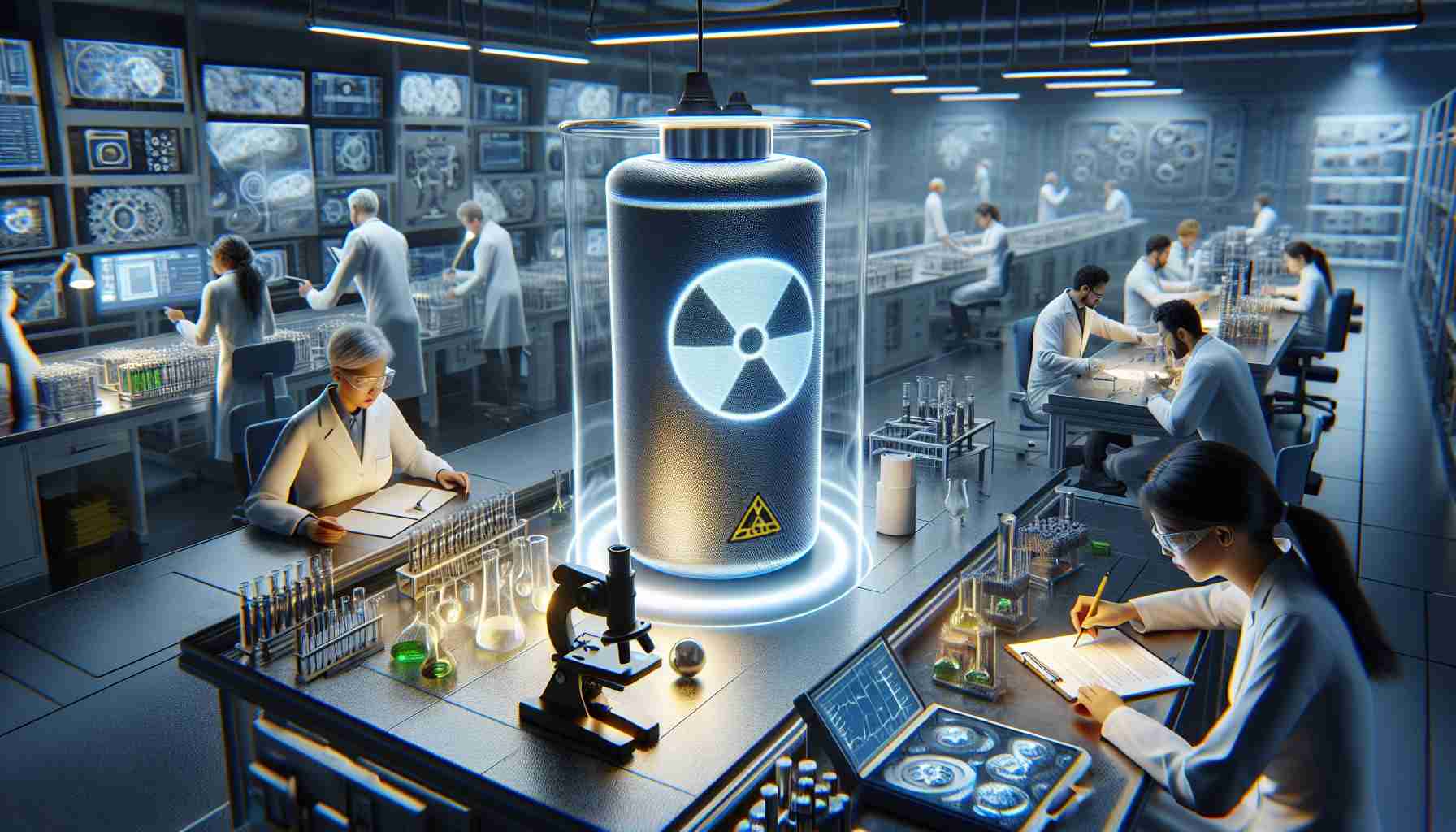Summary:
Recent advancements in nuclear battery technology offer groundbreaking potential to provide long-lasting, compact power sources for a variety of applications, from space exploration to medical implants. These innovations promise to provide a sustainable and efficient alternative to traditional chemical batteries, operating on the principles of radioisotope thermoelectric generation.
Understanding Nuclear Batteries
Nuclear batteries, also known as atomic batteries or radioisotope thermoelectric generators (RTGs), are power sources that convert the heat generated by the decay of radioactive materials into electricity. Unlike conventional batteries that rely on chemical reactions and have a limited lifespan, nuclear batteries utilize the predictable decay of isotopes such as plutonium-238 to generate power over long periods, ranging from years to decades.
What’s New in Nuclear Battery Technology?
Researchers and organizations worldwide are working on innovative designs to make nuclear batteries more efficient, safe, and accessible. These advancements include the development of new materials for enhanced energy conversion, miniaturization of battery components, and improved containment methods to ensure safety and prevent radiation leakage.
State-of-the-art nuclear batteries are envisioned to be smaller, lighter, and capable of producing more power than their predecessors. Such batteries could not only extend the life of satellites and deep-space probes but also be integral in powering remote sensors, undersea equipment, and medical devices like pacemakers without necessitating frequent replacements.
Safety and Environmental Concerns
Despite the impressive potential of nuclear batteries, safety remains a prime concern. Innovations in containment and shielding aim to make these batteries as safe as possible. Research into alternative radioisotopes with shorter half-lives and less radiotoxicity is ongoing, potentially reducing environmental risks in case of accidents.
FAQs About Nuclear Battery Innovation
1. What are nuclear batteries?
Nuclear batteries are devices that create electrical power from the heat released by the decay of radioactive material, known as radioisotopes.
2. How long can a nuclear battery last?
The lifespan of a nuclear battery depends on the half-life of the radioisotope used. They can last from several years up to decades, far exceeding traditional battery life spans.
3. Are nuclear batteries safe to use?
Current innovations focus heavily on safety, with robust containment systems and the use of radioisotopes that pose minimal risk. However, the potential for radiation exposure continues to be a consideration in the design and utilization of these batteries.
4. What kind of applications could benefit from nuclear batteries?
Nuclear batteries can be used in space exploration, medical implants, remote sensing devices, and any application where a reliable, long-term power source is required without frequent replacement or recharging.
5. What is the environmental impact of nuclear batteries?
The environmental impact is much reduced compared to nuclear reactors, and modern innovations aim to minimize risks further. Research into alternative materials with lower toxicity and better containment strategies is ongoing to ensure environmental safety.
For further information, several sources are available that delve deeper into nuclear battery technology and its development, including scientific publications and websites of organizations involved in nuclear research. Check authoritative sources like the International Atomic Energy Agency (https://www.iaea.org) for more in-depth and up-to-date information.
This article provides a basic overview and analysis of the current state of nuclear battery innovation, but as with all emerging technologies, ongoing research and developments will continue to shape the field.
